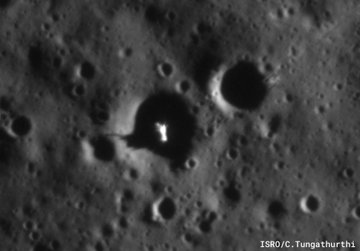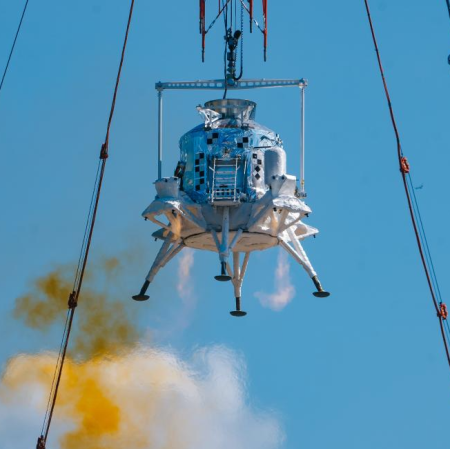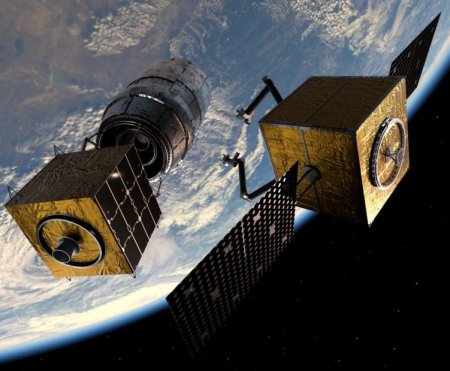Thank you all!
For the most recent posts, scroll down.
My July fund-raising campaign to celebrate the fifteenth anniversary since I began Behind the Black is now over. I want to thank all those who so generously donated or subscribed, especially those who have become regular supporters. I can’t do this without your help. I also find it increasingly hard to express how much your support means to me. God bless you all!
The donations during this year’s campaign were sadly less than previous years, but for this I blame myself. I am tired of begging for money, and so I put up the campaign announcement at the start of the month but had no desire to update it weekly to encourage more donations, as I have done in past years. This lack of begging likely contributed to the drop in donations.
No matter. I am here, and here I intend to stay. If you like what I do and have not yet donated or subscribed, the instructions for doing so can be found elsewhere on this page.
This post will remain at the top of the page for the next few days so that everyone who donated can see my thanks!













